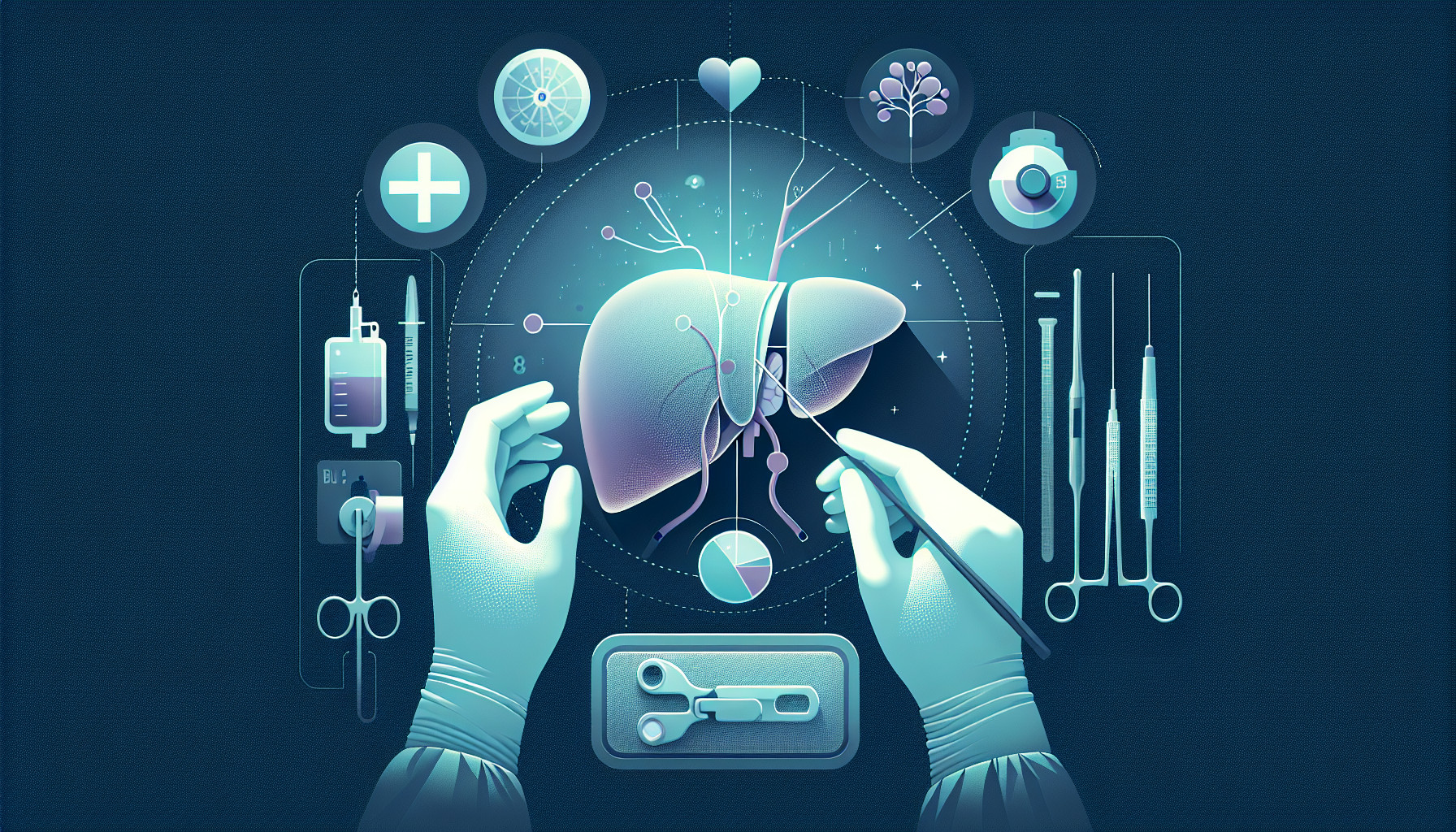Our Summary
This research was conducted to see if there were any changes in the eye, specifically the optic disc and surrounding blood vessels, in children who had undergone a liver or kidney transplant. They used a special imaging technique to look at the blood vessels in the eyes of these patients and compared them to healthy children of the same age, sex, and eye shape. The study found no significant differences between the transplant recipients and the healthy children. This suggests that these types of transplants do not cause any noticeable changes in the blood vessels of the eye in children.
FAQs
- What was the purpose of the research conducted on pediatric liver transplant patients?
- What imaging technique was used to examine the eyes of children who had undergone a liver or kidney transplant?
- Were there any significant differences found in the blood vessels of the eyes between children who had undergone a transplant and healthy children?
Doctor’s Tip
A helpful tip a doctor might tell a patient about pediatric liver transplant is to closely monitor their child’s eye health post-transplant. Regular eye exams and screenings for any changes in the optic disc and blood vessels can help detect any potential issues early on and prevent any complications. It’s important to communicate any concerns or changes in vision to the medical team to ensure the best possible outcomes for the child’s overall health.
Suitable For
Pediatric liver transplants are typically recommended for patients who have end-stage liver disease, acute liver failure, metabolic disorders affecting the liver, congenital liver abnormalities, or liver tumors. These patients may experience symptoms such as jaundice, abdominal swelling, fatigue, itching, and weight loss. In some cases, liver transplantation may be the only option for these patients to survive and improve their quality of life.
Timeline
Before Pediatric Liver Transplant:
- Diagnosis of liver disease or failure in a child
- Evaluation by a pediatric transplant team to determine eligibility for a liver transplant
- Placement on the transplant waiting list
- Continued medical management and monitoring of liver disease symptoms
- Potential complications and hospitalizations due to liver disease
After Pediatric Liver Transplant:
- Surgery to remove the diseased liver and replace it with a healthy donor liver
- Close monitoring in the hospital for complications and signs of organ rejection
- Immunosuppressant medications to prevent rejection of the new liver
- Regular follow-up appointments with the transplant team for monitoring and adjustments to medication
- Rehabilitation and physical therapy to regain strength and function post-surgery
- Long-term management of the transplant, including monitoring for complications and side effects of medications
- Potential for a return to normal activities and improved quality of life with a functioning liver
What to Ask Your Doctor
- What are the potential risks and complications associated with pediatric liver transplant surgery?
- How long is the recovery period typically for a pediatric liver transplant?
- What medications will my child need to take after the transplant and for how long?
- How often will my child need to be monitored for any signs of rejection or complications after the transplant?
- Are there any dietary or lifestyle changes that my child will need to make post-transplant?
- What are the long-term effects of a pediatric liver transplant on my child’s overall health and quality of life?
- Are there any specific precautions or restrictions my child will need to follow after the transplant to prevent infections or other complications?
- How successful are pediatric liver transplants in general, and what is the expected outcome for my child?
- Are there any support groups or resources available for families of children undergoing liver transplant surgery?
- How often will my child need to follow up with their transplant team after the surgery, and what signs or symptoms should I watch for that may indicate a problem with the transplant?
Reference
Authors: Gökgöz G, Tortumlu G, Akça Bayar S, Yilmaz G, Haberal M. Journal: Exp Clin Transplant. 2022 May;20(Suppl 3):96-101. doi: 10.6002/ect.PediatricSymp2022.O32. PMID: 35570610
